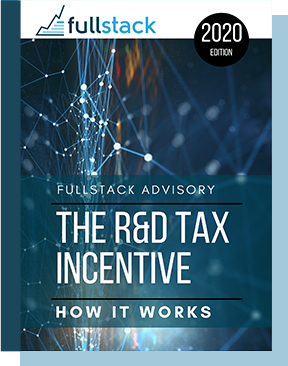Applications for R&D Tax Incentives submitted to AusIndustry use the words Core Activities and Supporting Activities to describe their content. These two categories of activities, which in a sense serve as the meat of the R&D Tax Incentive application, describe the actual technical work performed in the claimed R&D. The research that served as the foundation for the application is described in the Core Activities. Supporting Activities outline additional tasks required for the Core Activities to move forward.
The definition of the Core Activities is notoriously challenging. Due to their wide range, it is impossible to give a precise definition. Finding the Core Activities for your R&D will be easier with this article's help.
What is a Core Movement in R&D tax incentive?
A Core activity will depict an investigation or a connected series of tests addressing a coherent movement of work, planning to tackle a specific specialized issue or specialized ‘hole’ by creating the information expected to address that specialized hole. Consequently, the industry frequently discusses an information hole.
The sensible movement of work is in many cases an associated series of examinations where you further develop your insight one small step at a time with each trial.
The extent of a Center Movement is in many cases a sub-part of a lot bigger group of work. In programming terms, a Center Movement might connect with a solitary calculation or programming part. In other designing disciplines, a Center Action might associate with a part, sub-gathering, or cycle step. All in all, a Center Action should be sufficiently little to have a typical durable concentration. Any specialized improvement of any size can deteriorate into a progression of sub-regions, sub-parts, or exercises. Each sub-region will normally contain a combination of routine improvement exercises and some more troublesome critical thinking exercises.
Determining the scope of key tasks:
Identifying the areas of development that are likely to contain R&D tax-reduced R&D can be facilitated by breaking it into smaller parts. It is helpful if an eligible R&D focuses on one or more specific areas.
In other cases, technical deficiencies can spread across multiple areas, resulting in many smaller core functions. Combining the explanation of unrelated technical challenges with the same core function is not a smart idea because the explanation lacks a common emphasis. Running multiple core functions is not a problem. In reality, there isn't much space to describe every key feature, so breaking technical work into manageable "chunky" pieces can help tell a cohesive story.
Added strategy:
The alternative strategy is to pinpoint the technical gaps in your R&D that can serve as the foundation for research that qualifies. Then define your Core Activities as a circle around each individual technical gap or collection of related technical gaps. What Is a Technical Gap in the R&D Tax Incentive? Need extra assistance in recognizing these.
This strategy is especially effective if you have the discipline to evaluate each technical issue for the R&D Tax Incentive when it arises in your development. The absolute most effective strategy is to make sure you record all of the steps taken to address that problem when you are working on it.
Conclusion:
Each Core Activity should be particularly concentrated on a single theme or issue for two reasons. One factor is that AusIndustry finds it much simpler to rationally and coherently define a single, concentrated operation. The relevant R&D expenses are also considerably simpler to locate and record for your Tax Schedule submission to the ATO, which is a component of your R&D Tax Incentive application.






